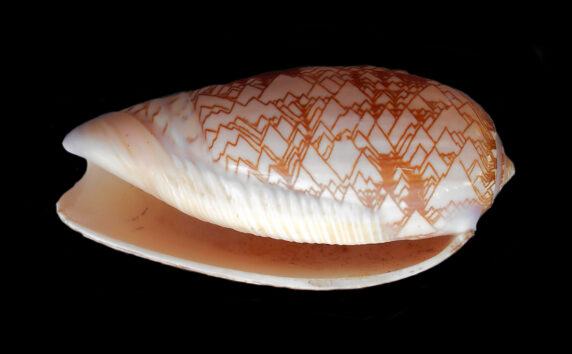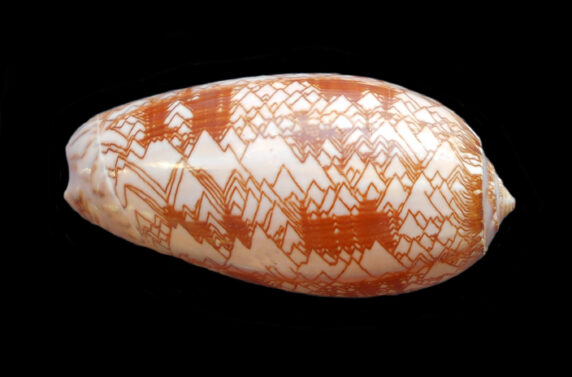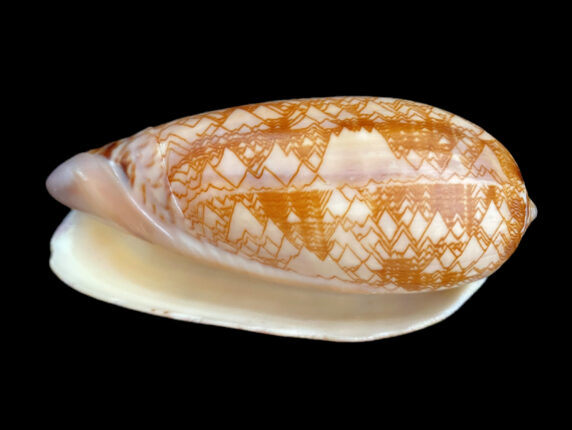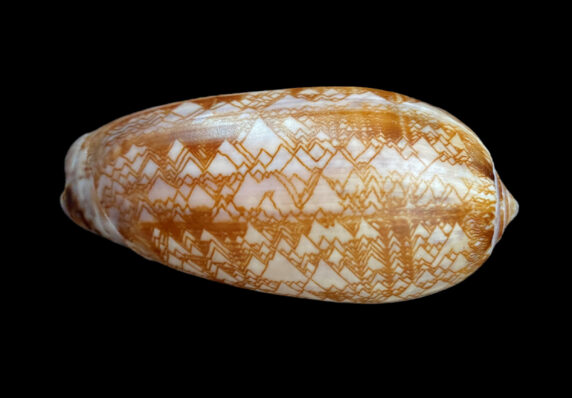Tent Olive Shell, Oliva porphyria

 Tent Olive Shell, Oliva porphyria. Shell collected off the beach in the greater Los Cabos area, Baja California, May 2015. Size: 7.7 cm (3.0 inches) x 3.7 cm (1.5 inches).
Tent Olive Shell, Oliva porphyria. Shell collected off the beach in the greater Los Cabos area, Baja California, May 2015. Size: 7.7 cm (3.0 inches) x 3.7 cm (1.5 inches).

 Tent Olive Shell, Oliva porphyria. Shell collected off the beach at Punta Chivato, Baja California Sur, June 2022. Size: 10.3 cm (4.1 inches) x 4.1 cm (1.6 inches). Collection, photograph and Identification courtesy of Colin Campbell, DVM, Punta Chivato, Baja California Sur.
Tent Olive Shell, Oliva porphyria. Shell collected off the beach at Punta Chivato, Baja California Sur, June 2022. Size: 10.3 cm (4.1 inches) x 4.1 cm (1.6 inches). Collection, photograph and Identification courtesy of Colin Campbell, DVM, Punta Chivato, Baja California Sur.
The Tent Olive, Oliva porphyria (Linnaeus, 1758), is a gastropod mollusk that is a member of the Olividae Family of Olives. They are also known as the Camp Olive and in Mexico as oliva veteada. The shells have six whorls, a concave to straight sided and sharply pointed spire and an aperture that has an inside lip marked with fine grooves. The exterior of the shell is very shiny and is pale pink, lavender or white in color with brown zigzags or chevrons (tent shapes) markings (in some specimens, the brown chevrons run together, forming blotches); the interior is light orange, tan, or white. Tent Olive Shells are the largest Olive in the region reaching a maximum of 13.5 cm (5.3 inches) in length and 5.4 cm (2.1 inches) in height.
Tent Olive Shells are found over and within sand substrate at depths between 15 m (50 feet) and 30 m (100 feet). They are found in the coastal region of the southern Sea of Cortez, from Bahía de los Ángeles, Baja California, to Cabo San Lucas, Baja California Sur and south to Peru, including the Galapagos Islands. They have not been documented from the west coast of Baja.
Synonyms include: Olive fasciata, Oliva levariana, Olive panamensis, Olive tentorium, and Voluta porphyria.